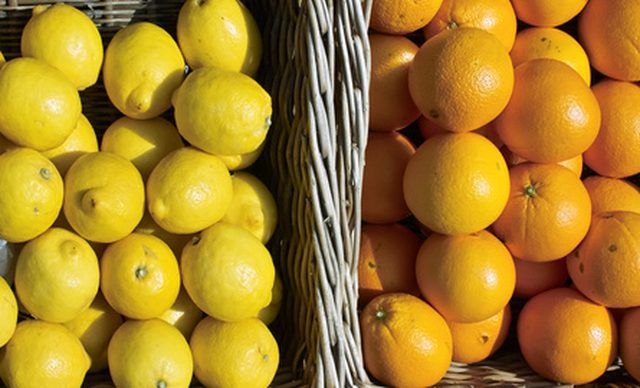Bulbs
Flower Basics
Flower Beds & Specialty Gardens
Flower Garden
Garden Furniture
Garden Gnomes
Garden Seeds
Garden Sheds
Garden Statues
Garden Tools & Supplies
Gardening Basics
Green & Organic
Groundcovers & Vines
Growing Annuals
Growing Basil
Growing Beans
Growing Berries
Growing Blueberries
Growing Cactus
Growing Corn
Growing Cotton
Growing Edibles
Growing Flowers
Growing Garlic
Growing Grapes
Growing Grass
Growing Herbs
Growing Jasmine
Growing Mint
Growing Mushrooms
Orchids
Growing Peanuts
Growing Perennials
Growing Plants
Growing Rosemary
Growing Roses
Growing Strawberries
Growing Sunflowers
Growing Thyme
Growing Tomatoes
Growing Tulips
Growing Vegetables
Herb Basics
Herb Garden
Indoor Growing
Landscaping Basics
Landscaping Patios
Landscaping Plants
Landscaping Shrubs
Landscaping Trees
Landscaping Walks & Pathways
Lawn Basics
Lawn Maintenance
Lawn Mowers
Lawn Ornaments
Lawn Planting
Lawn Tools
Outdoor Growing
Overall Landscape Planning
Pests, Weeds & Problems
Plant Basics
Rock Garden
Rose Garden
Shrubs
Soil
Specialty Gardens
Trees
Vegetable Garden
Yard Maintenance
Difference Between Orange & Lemon Trees
Difference Between Orange & Lemon Trees. Orange and lemon trees share common characteristics such as a bright colored fruit and sensitivity to cold. Both trees arrived in the Americas via Europe, though the trees likely originated further east in China and India. Lemons and oranges flavor savory dishes, serve as decorative accompaniments to meals,...

Orange and lemon trees share common characteristics such as a bright colored fruit and sensitivity to cold. Both trees arrived in the Americas via Europe, though the trees likely originated further east in China and India. Lemons and oranges flavor savory dishes, serve as decorative accompaniments to meals, and produce tangy juice. Despite common characteristics, lemon and orange are different species.
Size
For the most part, orange trees grow bigger than lemon trees in all respects. Orange trees grow up to 25 feet tall, with some older trees in existence reaching 50 feet tall. Lemon trees usually max out at 20 feet tall. An orange tree produces oranges between 2 1/2 to 6 inches long and 1 to 3 3/4 inches wide. Comparatively, a lemon tree develops lemons around 2 3/4 to 4 3/4 inches long.
Variations in Classification
Two major classifications--sour and sweet--of oranges exist. Each species of sweet orange belongs to one of four classifications, based on shape, color and acidity. The categories consist of round, navel, pigmented or blood oranges, and acidless oranges. Lemon trees generally come in three varieties--true, Meyer and Ponderosa--with many species of lemon trees embedded in those types. The first variety, true lemons, developed in India, spread into the Mediterranean Basin by unknown means, and crossed the Atlantic with help from Columbus. The eureka and Lisbon species define two separate branches of true lemons, characterized by tree shape, number of seeds, and season of fruit production. Ponderosa lemons, a citrus fruit with the appearance of true lemons, developed accidentally from a seedling in the 1880s.
Hybridization
The Meyer lemon, considered a lemon despite its status as a hybrid, possesses less acid than true lemons. Meyer lemons look more like a yellow orange than a true lemon. In fact, genetic material from mandarin orange and lemon trees created the Meyer lemon. In 1908, an explorer named Frank N. Meyer found the tree planted in a pot in Peking, China.
Harvesting
Lemons bruise easily if mishandled. Thus, human harvesters handpick lemons. Choosing when to harvest a lemon depends on the juice content--the fruit needs to be at least 25 percent juice. Lemons usually cure in transit, turning from green to yellow. Oranges, on the other hand, respond well to machine picking, though cost keeps the practice from being widespread.
Quality Control
The U.S. Department of Agriculture, individual state citrus commissions and federal regulations determine the quality of oranges used in commercial operations and the fruits' final destination in produce departments or as processed food items such as juice. Lemon harvesters discard fruit less than 2 1/8 inches and grade the remaining fruit for processing or fresh use.